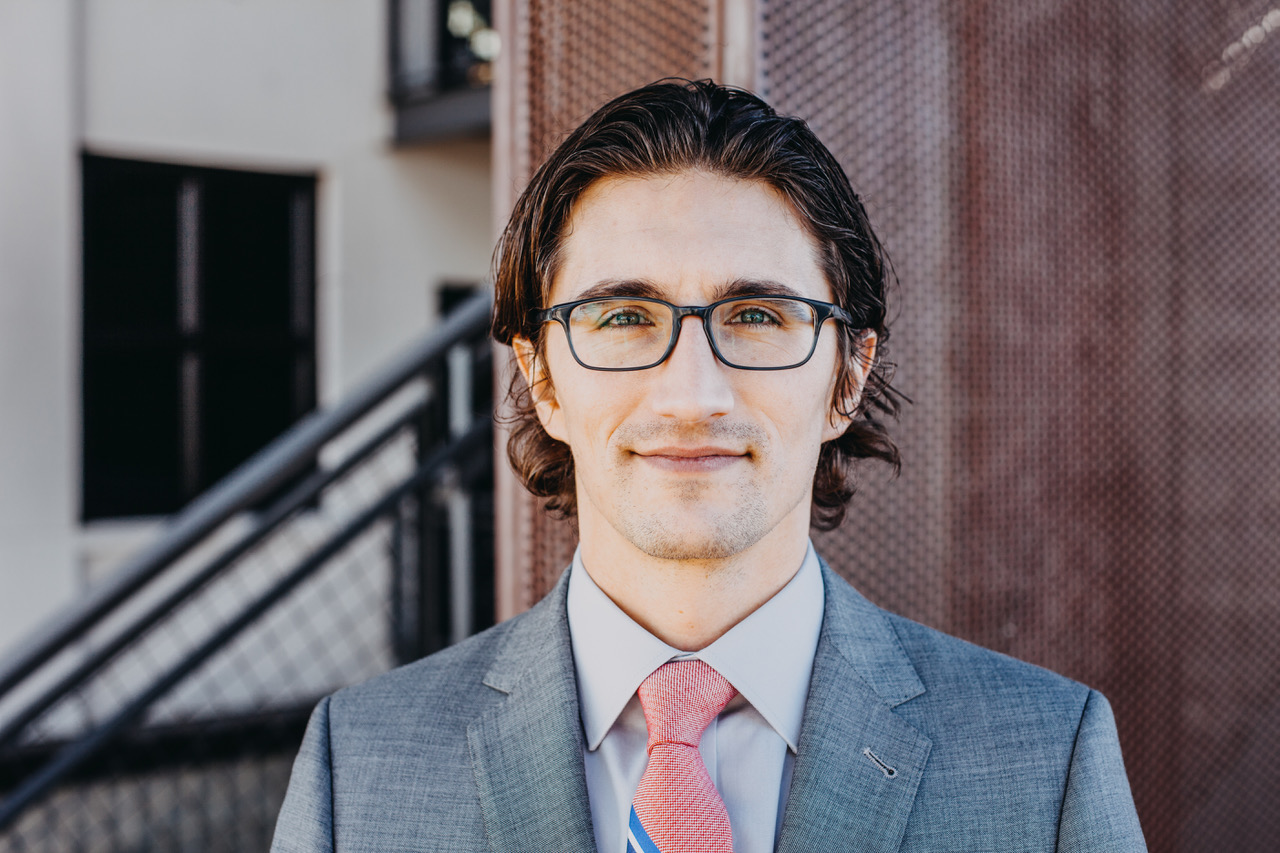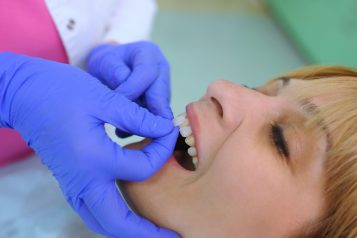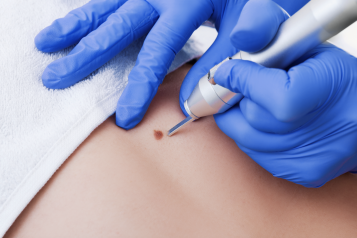Haute Beauty caught up with renowned plastic surgeon Dr. Lucas Bryant who dished on his most memorable patient reaction and his most requested procedures.

The future of my field is…
The field of facial aesthetics and cosmetics, in general, is facing two challenges right now. The first challenge is figuring out how to assess the quality of the new technologies, and treatment methods that are being released and a quicker and quicker pace every year. The second challenge is balancing the goals of a good result. By that, I mean creating outcomes that are natural, consistent, safe, and effective.
With regard to the first challenge, cosmetic facial plastic surgery is at a really exciting place right now. It seems like every week there is a new piece of technology or medical treatment that is released. There are a lot of really good things that come from this rapid pace of innovation. It forces me as a surgeon to continually re-evaluate my methods in order to make sure I am always performing procedures in the best possible way. We certainly have better and safer treatment methods available today than ever before.
Of course, there are also some downsides to rapid change in any field. One of the biggest challenges with rapid change is the maintenance of quality. With the frequent rise of new technologies and procedures, comes the need to ensure that these advances have something to offer patients other than simply being something new. I have an obligation to my patients to thoroughly evaluate them for both their safety and effectiveness. It’s easy to get caught up in the “bandwagon” effect, but the field of facial plastic surgery and aesthetics is no place for it. My patients are investing in themselves, and their appearance when they trust in me. I have an obligation to honor that, and sometimes that means not always adopting the newest, most hyped treatment trend.
With regard to the second challenge, there is currently a very strong shift toward treatments that (at least claim) to create more natural results. The word “natural” is on almost every slogan out there in some form it seems. Historically, more aggressive cosmetic treatments like surgery left patients looking “operated on”. There were tell-tale signs of cosmetic surgery that cosmetic patients today want to avoid. Because of this, there has been a shift toward more minimally invasive treatment techniques. The problem is that some of the less invasive, “minimal” treatments also don’t really give the patients the results they are hoping for.
After a while, patients tend to get burnt out from spending money over and over on cosmetic treatments without really seeing the amount of change or improvement they were hoping for. It seems like the pendulum has swung so far toward the “natural” side of things, that the “results” just aren’t that impressive. I think this is really where the future of the field is advancing.
Surgeons today who are well trained and well educated can really do a wonderful job of selecting the right treatment, or combination of treatments so that patients have really beautiful facial rejuvenation results while avoiding looking “treated”. It’s important to remember that my patients and I both have the same goals – to give them incredible and long lasting results using the safest methods possible.
My most requested procedures are…
The three most commonly requested facial rejuvenation procedures overall (excluding injectables) are blepharoplasty, rhinoplasty, and facelift. That trend seems to hold true for my practice as well. In addition to those, I perform a complete range of minimally invasive non-surgical and surgical treatments. Everything from Botox, to IPL, laser resurfacing, dermabrasion, filler, fat transfer, lip lifts, rhinoplasty, eyelid lifts (blepharoplasty), and rhinoplasty.
What surgical advancements are you most excited about?
I am really excited about how facelift procedures are advancing today. We have developed a better understanding of how the face ages. The face has many layers, and each changes differently in response to the aging process. Older facelift methods focused only on the surface layers. Because of this, older techniques often looked unnatural, and they were not long lasting.
The facelift method I use goes to the root of the problem. By repositioning the deeper structures back to where they were in the patient’s youth, I don’t have to pull or use tension or try and “force” a result. This means that the facelift procedure creates a wonderful, powerful facial rejuvenation. Because my methods treat the root causes of facial aging, the results also tend to last longer.
It may seem counter-intuitive, but a well-done facelift looks incredibly natural. When the right patient and the right procedure are correctly matched, the result is even more natural than if they had used less invasive treatments like filler or fat grafting. The patient simply looks like a younger version of themselves, not like someone who had a cosmetic treatment! I love when patients say their friends immediately notice they look great, but they can’t figure out why they look so much better. The patient gets to decide if they want to share their secret or not.
What are you best known for?
In addition to the long-lasting, minimally-invasive deep plane facelift technique I use, I would say I am best known for my customized rhinoplasty approach.
Some surgeons become comfortable with one or two versions of nasal surgery and they tend to use them on every patient. I have developed the ability to approach nasal treatments using a wide variety of techniques, whether it is an open or closed rhinoplasty approach, or maybe even a non-surgical “liquid rhinoplasty”. Because I am comfortable refining nasal shape in all ethnicities and genders, it allows me to really customize the final outcome and get exactly what the patient wants. There is no “cookie-cutter” approach to rhinoplasty that works consistently.
For this customized approach to work well, the most important thing is excellent communication between myself and the patient. Patients get photos taken before surgery and we model these photos based on our conversation. These preoperative morphed photographs serve as an excellent tool to make sure I am understanding the patient’s needs correctly. I will discuss with them the method I think would work best for their particular case.
What is your most memorable patient reaction?
I love it when patients are happy and surprise me with high-fives, hugs, and selfies of their new look. I still think the most memorable reactions though, are the ones I get from the mothers and fathers of the children I treat on my volunteer surgical mission trips. They place so much trust and faith in us to care for their children. The looks on their faces when we bring their dearly loved little one back to their arms after treating their cleft lip, palate or other birth deformities never get old. It’s pure joy and gratitude.
For more information, visit Dr. Brian A. Levine's social media:

























